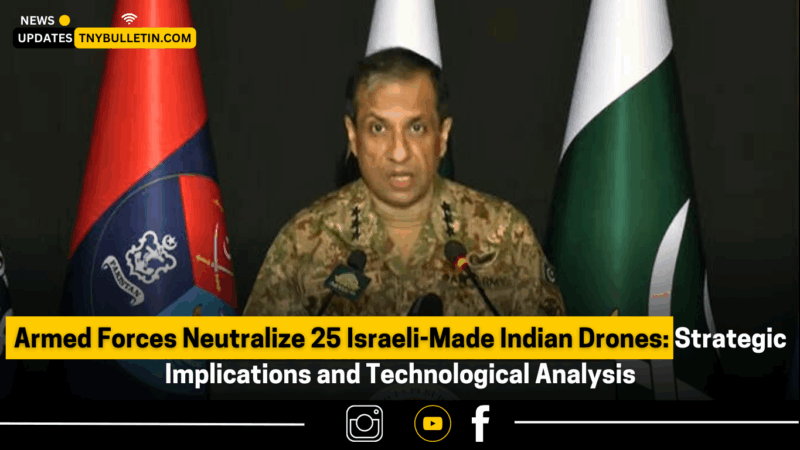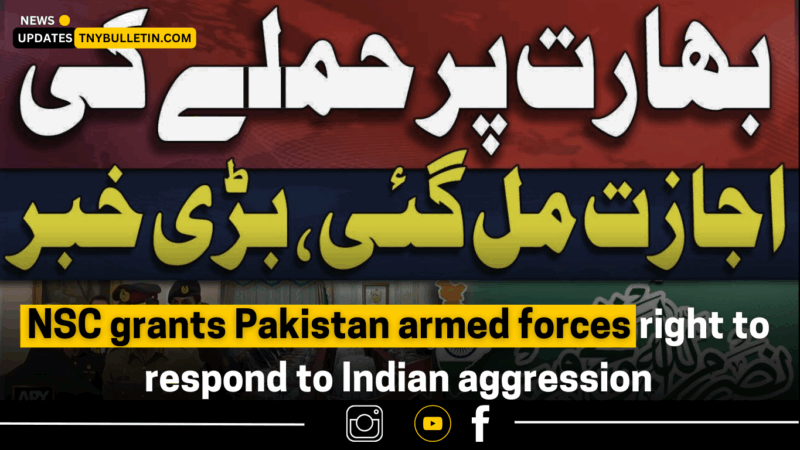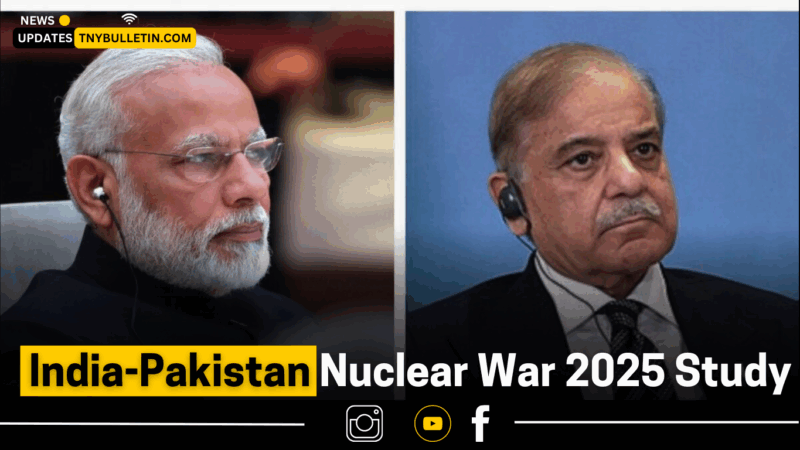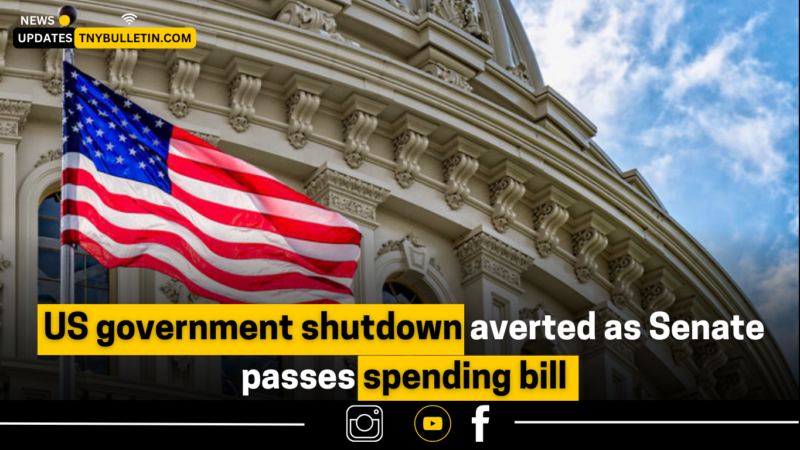India-Pakistan Military Standoff 2025
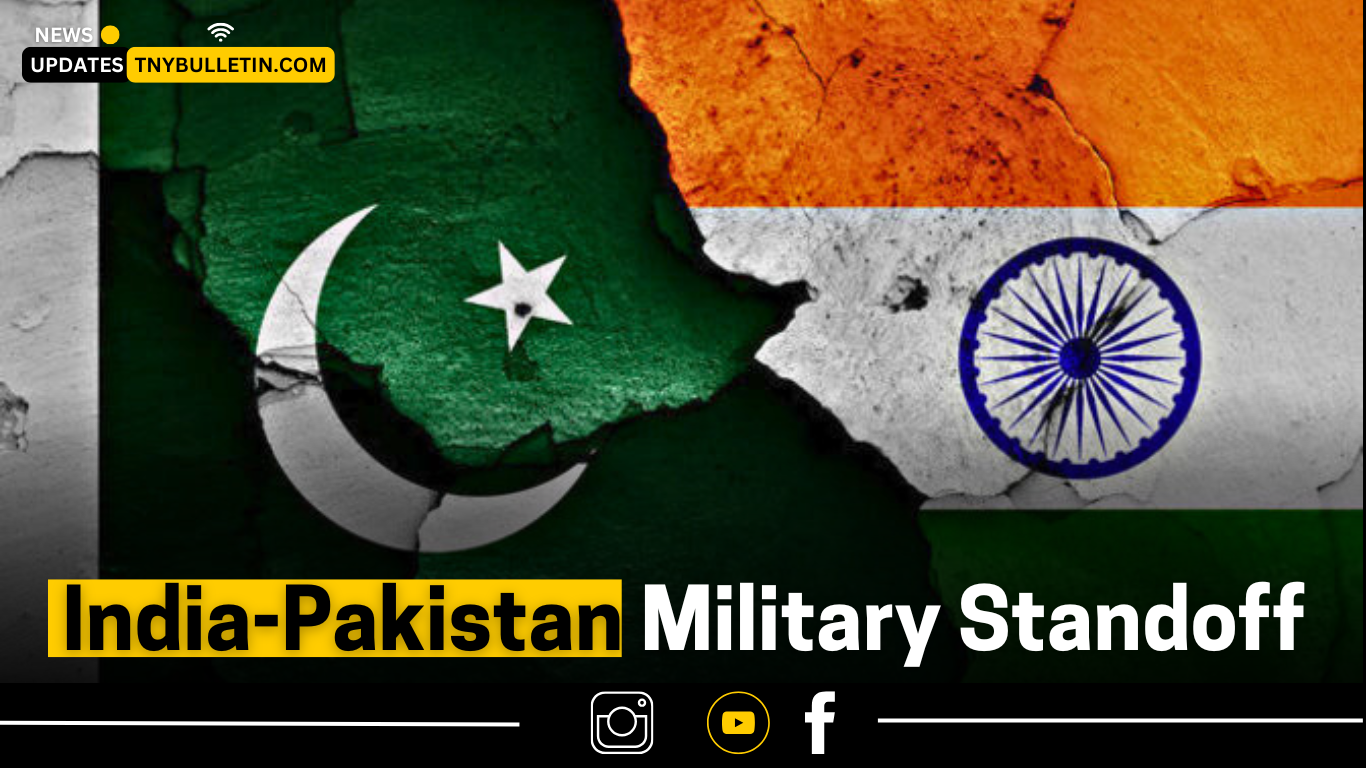
The many-years-old contention between India and Pakistan remains one of the world’s most volatile flashpoints. With each nation aggressively upgrading their navy arsenals—from advanced fighter jets to tactical nuclear guns—the stakes of any capacity battle have skyrocketed. This article examines how modernization, geopolitical tensions, and nuclear postures create bigger dangers, raising the threat of catastrophic escalation.
Modernization of Indian and Pakistani Armed Forces
India’s Military Upgrades
India has invested closely in modern-day protection systems, which incorporate French Rafale jets, Russian S-400 missile structures, and locally superior BrahMos supersonic missiles. These improvements bolster air superiority and precision-strike abilities, allowing rapid responses to perceived threats.
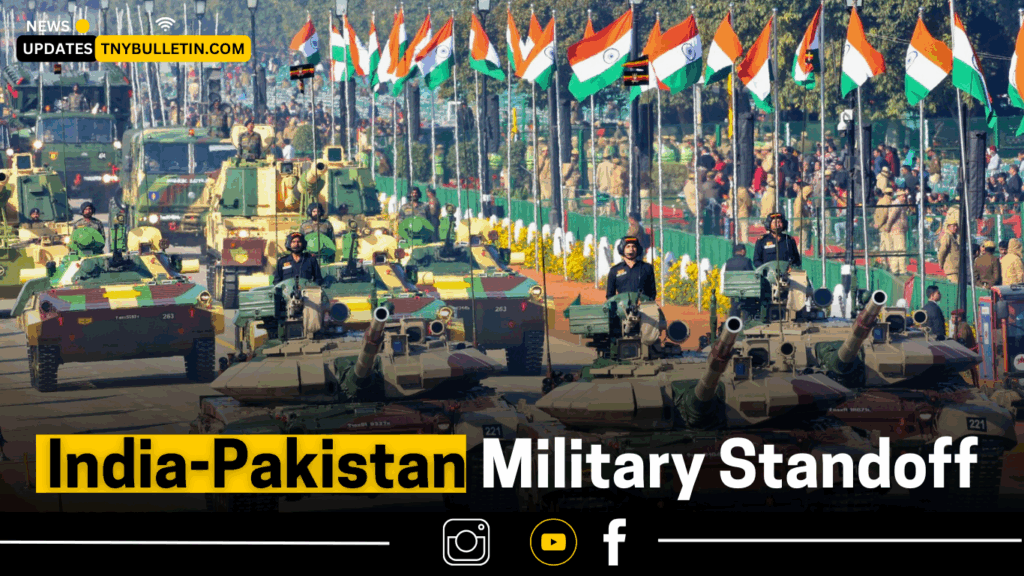
Pakistan’s Countermeasures
Pakistan, with a Chinese guide, has received JF-17 Thunder fighters, armed drones, and Babur cruise missiles. Its cognizance of uneven conflict includes quick-variety Nasr nuclear missiles, designed to counter India’s traditional superiority.

Nuclear Capabilities: A Double-Edged Sword
India’s Nuclear Triad
India’s triad (land, air, and sea) consists of Agni-V ICBMs and Arihant-class submarines, making sure 2d-strike talents. This shift to a “credible minimum deterrence” doctrine aims to deter Pakistan and China.
Pakistan’s Tactical Nuclear Weapons
Pakistan’s Nasr missiles lower the brink for nuclear use, adhering to a “first-use” coverage. This approach dangers fast escalation, as even a minor skirmish may want to spiral into a nuclear exchange.
Geopolitical Implications of Military Upgrades
Kashmir: The Perpetual Flashpoint
Recent revocations of Kashmir’s autonomy and move-border militancy gas mistrust. Military improvements allow both sides to reply aggressively to provocations, decreasing diplomatic home windows.
China’s Strategic Role
China’s CPEC investments in Pakistan and border disputes with India add complexity. Beijing’s help for Islamabad’s military may want to offset India’s dominance, deepening nearby instability.
Risk of Miscalculation in a High-Tech Era
Cyber Warfare and AI
Cyberattacks focused on infrastructure or incorrect information campaigns may want to trigger accidental retaliation. AI-driven structures may additionally misinterpret moves, accelerating selection-making beyond human control.
Proxy Groups and Uncontrolled Escalation
Non-nation actors like Jaish-e-Mohammed ought to release assaults independently, forcing India to retaliate towards Pakistan without delay, bypassing deniability.
International Community’s Role in De-escalation
Diplomatic Pressures from the U.S. And UN
The U.S. And the UN should mediate the crisis corresponding to the 2019 Balakot strike. Sanctions and aid leverage may want to discourage army brinkmanship.
Russia and China’s Balancing Act
Russia’s hands-off approach with India and China’s alliance with Pakistan complicate impartial mediation, necessitating multilateral dialogue platforms.
Conclusion
Military modernization has mockingly made India and Pakistan much less stable. With superior weaponry decreasing reaction times and nuclear doctrines prioritizing pre-emption, even a minor battle dangers catastrophe. Diplomatic channels, backed by international powers, are vital to averting catastrophe.
FAQs
Could an India-Pakistan conflict bypass nuclear?
Yes, Pakistan’s tactical nukes and “first-use” policy increase escalation risks, in particular if traditional defeat looms.
How has China motivated army stability?
China’s arms exports to Pakistan, together with JF-17s, counter India’s side, at the same time as its border disputes with India add strategic pressure.
What position does the U.S. play?
The U.S. mediates crises and components India with advanced tech; however, its ties with both nations limit overt partiality.
Are peace talks possible amid enhancements?
Talks are stalled, but Track II diplomacy and ceasefires (like 2021) offer fragile wishes for dialogue.
